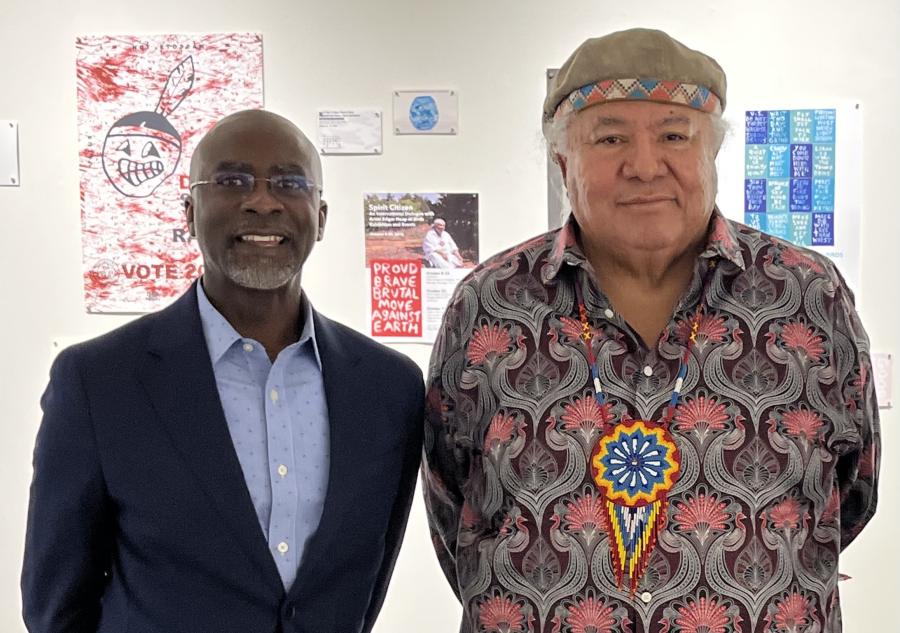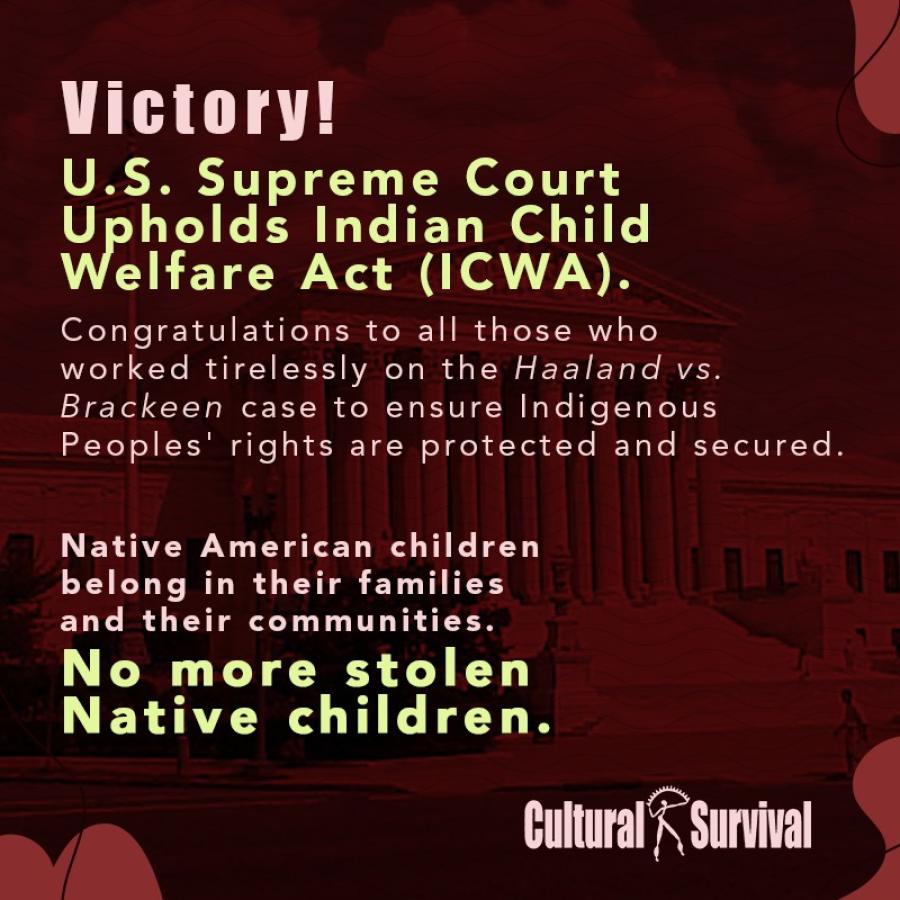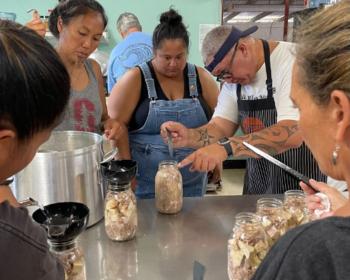The Onondaga Nation refuses to be ignored when environmental policy concerning their ancestral territory is being determined by outside actors.
On March 11, the Onondaga filed a lawsuit in the U.S. District Court of Northern New York against eight defendants, including Governor George Pataki, the City of Syracuse, and the State of New York.
The Onondaga want a judge to declare that they never relinquished aboriginal title to their ancestral lands. The Onondaga Nation asserts that the State of New York violated not only the U.S. Constitution and federal laws in its appropriation of Onondaga land between 1788 and 1822, but also broke its own state laws. Such a ruling would give them equal footing with the state in negotiations regarding the cleanup of nearly 100 contaminated Superfund sites in their traditional territory.
The Onondaga say that they are not interested in using court recognition of their land rights to open a casino or evict current landowners.
“ We don’t believe that high stakes gambling is good for anybody—in terms of economy, its like someone chewing on their own arm,” said Onondaga Faithkeeper Oren Lyons.
Freida Jacques, an Onondaga Turtle clan member, asked in a phone interview: “Why would we want to put others through eviction trauma when that is what happened to us?”
Jacques said that the Onondaga Nation would like the court to rule in its favor and prove that Onondaga lands were stolen two centuries ago. “That will get us a long way in giving us a voice,” she said.
Contaminated Lands
Superfund sites are lands that have been contaminated by hazardous waste to the point that the U.S. Environmental Protection Agency (EPA) has deemed them dangerous to human and environmental health and has called for their cleanup. In 1994, Onondaga Lake, sacred aboriginal territory to the Onondaga, was placed on the EPA’s list of the most contaminated sites in the United States.
According to Joseph Heath, the lawyer for the Onondaga Nation, 46 different types of toxic chemicals pollute Onondaga Lake.
Tadodaho Sidney Hill, the only chief who belongs to all six Nations of the Haudenosaunee Confederacy, which includes the Onondaga, said he has tried to involve Native representatives in planning the cleanup of Onondaga Lake for years. But the State of New York, the New York Department of Environmental Conservation, and the companies liable for the cleanup did not acknowledge the Onondaga in the proposals that have already been submitted for the clean-up process, Hill said.
Victoria Streitfeld, a spokesperson for Honeywell International, a defendant in the suit, said the company agrees with an earlier statement by U.S. Representative James Walsh and Onondaga County Executive Nicholas Pirro that “great progress has been made on Onondaga Lake cleanup and that there should not be any disruption of the State’s plans.”
In 1999 Honeywell merged with Allied Chemicals, which is responsible for dumping, among other toxic chemicals, 165,000 pounds of mercury into the lake from its soda ash, organic chemical, and chlorine production operations between 1884 and 1986.
The Onondaga say Honeywell’s $237 million proposal to dredge the most contaminated sediment and cap the rest at the lake bottom is inadequate.
On April 25, with proxy power from six Honeywell shareholders and their allies confronted the corporation about Onondaga Lake clean-up at its annual directors and shareholders meeting.
No other Indian nation in New York has made the environment the cornerstone of its land settlement negotiations, according to the Onondaga Nation Communications Newsletter. “We are just trying to bring up issues of the environment—and that affects everybody,” Hill said.
Onondaga Land Rights Action
The six nations of the Haudenosaunee Confederacy have been united for nearly 700 years in what is believed to be the world’s oldest democracy.
According to oral tradition, the Peacemaker, who came from the Huron Nation, traveled among the sometimes warring groups of the Haudenosaunee around the year 1000 and spread a message of peace and unity. He convinced 50 leaders to gather under a great tree, bury their weapons, and agree to live under a form of governance called the Great Law, codified in a series of wampum belts held by the Onondaga Nation.
The original nations of the Haudenosaunee, or “People of the Longhouse,” were Mohawk, Oneida, Onondaga, Cayuga, and Seneca. Originally from what is today the state of North Carolina, the Tuscarora joined the Haudenosaunee in the 1700s after they were pushed from their homelands by English settlers.
The primary principle of the Haudenosaunee Great Law is peace—not simply the absence of war between member nations, but the realization that all people are related, and that people can resolve their differences through rational thinking leading to decisions based in truth, charity, and hope.
Following the principles set forth in the Great Law, the opening of the land rights action complaint reads, “The Onondaga Nation brings this action on behalf of its people, in the hope that it may hasten the process of reconciliation and bring lasting justice, peace, and respect among all who inhabit this area.”
The complaint asserts that the tract of land from the St. Lawrence River along the east side of Lake Ontario and stretching south through Syracuse to the Pennsylvania border, roughly 3,100 square miles, is the aboriginal property of the Onondaga.
Varying between 10 and 40 miles in width, the area has been the homeland of the Onondaga Nation since “the dawn of time,” the complaint says.
The Onondaga allege that the State of New York illegally acquired Onondaga land on five separate occasions.
Heath explained that so-called treaties between the State of New York and “persons who the State claimed represented the Onondaga Nation” in 1788, 1790, 1793, 1795, 1817, and 1822 are in violation of the Indian Trade and Intercourse Act of 1790. This act mandated that any land transaction involving Indian lands had to be approved by the U.S. Congress. The treaty between New York and the Onondaga Nation in 1788 was not enacted until 1813, and none of the treaties were ratified or approved by the Onondaga Nation, the Haudenosaunee Confederacy, or the U.S. Congress. The act was meant to protect American Indians from losing their lands through private sales.
Even though the Onondaga know the case could take years to move through the courts, many hope its resolution will bring healing to the region’s Native and non-Native communities.
“ People from the [neighboring] communities have been supportive [of the land rights action],” Hill said. “Some have even reported other environmental damage in the land rights action area.”
Lisa Matthews is the news and education coordinator for Cultural Survival.



